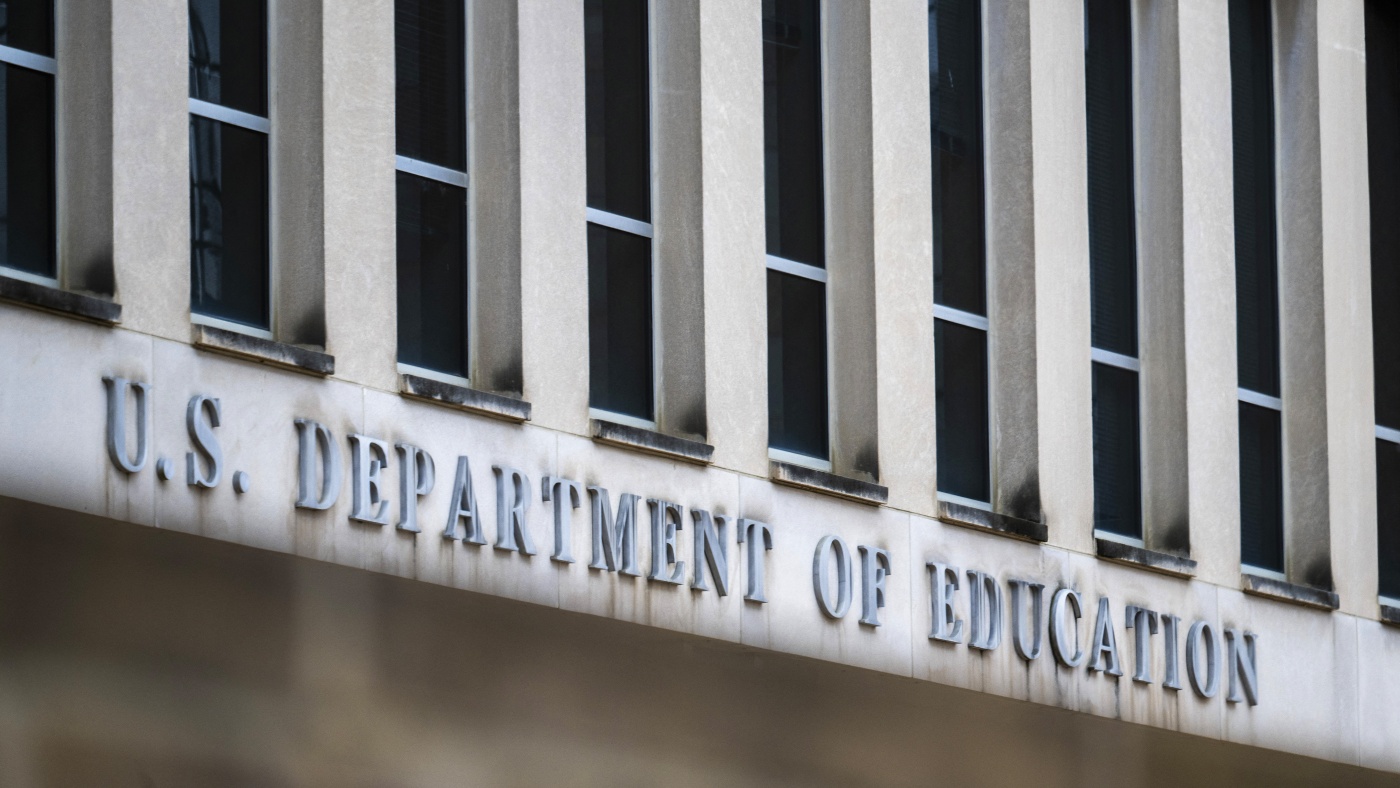The Ripple Effect: Analyzing the Trump Administration’s Cut to School Mental Health Grants
Introduction: A Decision That Hits Close to Home
Imagine a high school student struggling with anxiety, unable to focus in class because of overwhelming stress. Now imagine their school losing the counselor who was their lifeline. This scenario could soon become reality for thousands of students following the Trump administration’s decision to cut $1 billion in federal grants for school mental health programs.
Originally part of a bipartisan gun violence bill signed by President Biden in 2022, these funds were designed to help schools hire psychologists, counselors, and social workers—professionals who play a crucial role in student well-being. The administration’s move to halt this funding has ignited fierce debate, raising urgent questions: *What does this mean for students? Why was this decision made? And what happens next?*
The Origins of the Funding: A Response to Crisis
Born from Tragedy
The $1 billion grant program emerged in the wake of the Uvalde, Texas, school shooting—a tragedy that underscored the urgent need for mental health support in schools. Lawmakers recognized that early intervention could prevent crises, leading to bipartisan support for the funding.
How the Grants Were Used
Schools across the country used these funds to:
– Hire mental health professionals, reducing student-to-counselor ratios.
– Implement suicide prevention programs.
– Train teachers to recognize signs of distress.
– Provide trauma-informed care for students affected by violence or instability.
For many districts, especially those in underfunded areas, these grants were a lifeline.
The Administration’s Reasoning: A Clash of Priorities
The Official Justification
The Trump administration cited two primary reasons for cutting the funding:
The Unspoken Context
Critics argue the decision reflects a broader pattern of reducing federal involvement in education and social services. Some speculate it’s tied to political opposition to the Biden-era legislation that created the grants.
The Immediate Fallout: Who Stands to Lose?
Students in Crisis
The timing couldn’t be worse. Post-pandemic, student mental health needs are at an all-time high:
– 1 in 3 students report persistent sadness or hopelessness (CDC, 2023).
– Suicide rates among teens have risen sharply.
– Schools in low-income areas, already stretched thin, will be hit hardest.
Without these funds, many districts may:
– Lay off counselors and psychologists.
– Cut suicide prevention programs.
– Reduce trauma support for at-risk students.
Teachers and Staff Overwhelmed
Educators already juggle academic and emotional support roles. Without mental health professionals, teachers may face:
– Increased burnout from handling student crises.
– Less ability to address behavioral issues tied to trauma.
– A decline in classroom focus as unmet mental health needs disrupt learning.
The Bigger Picture: What This Says About Education Policy
Federal vs. Local Responsibility
This decision reignites the debate over whether mental health support should be a federal or local responsibility. Proponents of the cuts argue states should fund these programs, but critics warn that cash-strapped districts can’t fill the gap.
The Political Divide on Mental Health
While mental health was once a bipartisan issue, this move suggests a shift—prioritizing fiscal restraint over student well-being in some political circles.
Conclusion: A Crossroads for Student Mental Health
The Path Forward
The Trump administration’s decision leaves schools at a crossroads. Possible next steps include:
– State and Local Advocacy – Districts may push for alternative funding, though budget constraints loom.
– Private and Nonprofit Partnerships – Some schools could turn to charities or telehealth services.
– Public Pressure – Parents, educators, and mental health advocates may rally to reinstate the grants.
One thing is clear: Without action, the consequences will ripple far beyond budget sheets—affecting classrooms, families, and futures. The question now is whether policymakers will listen before it’s too late.











